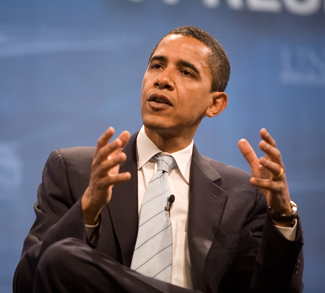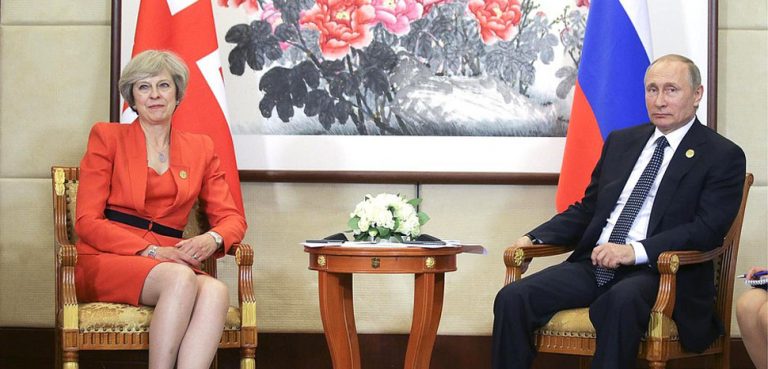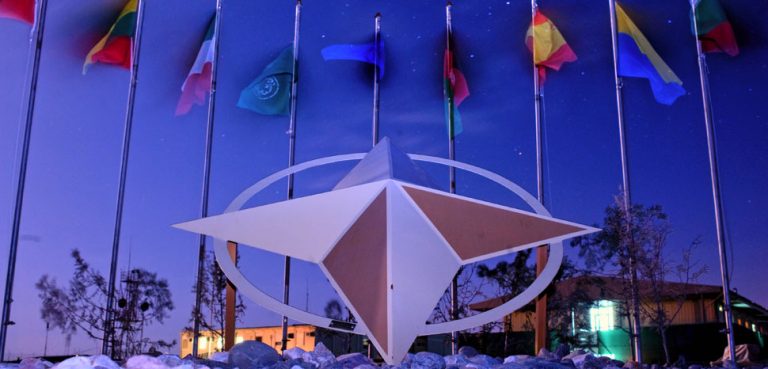Every US airstrike resulting in civilian casualties nullifies the eighteen-year long endeavors of reconstruction and nation-building aimed at winning the hearts and minds of Afghans in the perpetual War on Terror. The airstrikes have alarmingly augmented the xenophobia of Afghans towards foreign troops, and especially those of the United States. The continuation of civilian casualties will further provoke the victims to join the rank-and-file of armed militants and, ultimately, produce more “terrorists” than it eliminates.
Just a few examples of disastrous US airstrikes: the bombing of Omar Kheil village in Kunduz in 2009, which resulted in the deaths of 70 civilians; the strikes on Nangalam Village if Kunar in 2011, which killed nine teenage boys who were collecting firewood in the mountains; the aerial bombing of alleged methamphetamine drug labs in Bakwa and Delaram, killing 60 civilians; and more recently the massacre of 30 ill-fated pine nut farmers in Khogyani district, Nangarhar, on September 29, 2019, who were relentlessly targeted by drone strikes—which Col. Sonny Leggett, spokesman for US-led coalition in Afghanistan, claimed “was a precision strike on ISIS terrorists.” These are only a few stories that depict the excruciating lives of Afghan civilians under the War on Terror. Having survived the liquidation of the Taliban, dismal socioeconomic conditions, and the inhumane brutality of ISIS, they are butchered and maimed by the airstrikes of foreign troops—who are supposed to be protecting them.
The notorious airstrikes on Afghan civilians have continued unabatedly in congruence with a distressing pattern: the airstrike inflicts unacceptable damage; the authorities promise to conduct investigations and dispense justice, offering a proclamation of trivial apologies to the victims; they further promise to avoid a recurrence of such mishaps in future; condemnations from human rights organizations follow, such as the UNAMA—United Nations Assistance Mission in Afghanistan— and Amnesty International, urging the forces to take into account highest measures of caution and restraint in the face of possible harm to noncombatants and collateral damage. But, another day in another place, the strikes happen again. The never-ending catastrophic cycle of bloodshed and tragedy continues. Afghan civilians suffer due to the shocking disregard of foreign troops towards human dignity and life.
The global surge in drone strikes is in concordance with the formulated strategy of Trump administration in general and with the promise of CIA director Mike Pompeo to “make the agency more vicious” in particular. In pursuit of these plans, the Trump administration has authorized the CIA to conduct drone strikes—a move that has freed the agency from limitations imposed during the Obama era. Afghanistan has been the primary receiver of Trump’s drone blitz which, despite its strategic efficacy on the battlefield, has also been the major type of incident causing civilian deaths. According to the Pentagon sources, September alone witnessed 1,113 strikes in Afghanistan with an average of 40 airstrikes per day. Moreover, according to UNAMA, the airstrikes have caused 884 civilian casualties with 579 deaths, from 1 January to 30 September 2019. The UNAMA attributes 74% of these casualties to the aerial strikes conducted by international forces in Afghanistan, spearheaded by the United States.
To put it briefly, The United States must undertake constructive measures, with extreme sincerity, to redress the briskly waning trust levels between the US military and Afghan populace, and more importantly, abstain from the recurring blunders of the past, specifically by avoiding “blind aerial bombardments.” The pretense of technological error, human mishap, or the right to self-defense of rules of engagement cannot justify the use of blatant force against noncombatants. Otherwise, the winning of hearts and minds will remain only a wishful desire of the successive US governments. Moreover, US counterterrorism operations will result in producing more “terrorists” than they eliminate.
The views expressed in this article are those of the authors alone and do not necessarily reflect those of Geopoliticalmonitor.com or any institutions with which the authors are associated.




